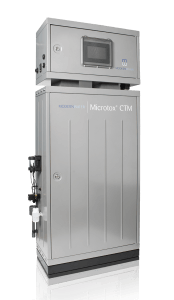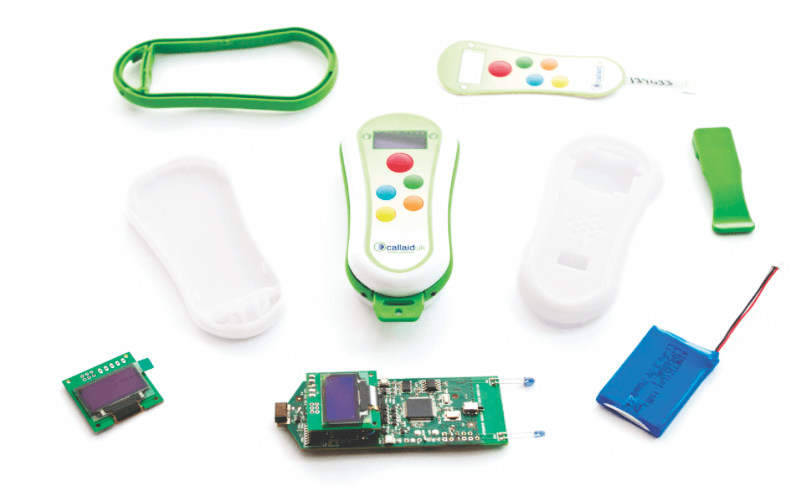15th September 2016
Expert advice from GX: considerations for integrating technology into a medical device
Hindsight is a wonderful thing but foresight is better, especially when it comes to saving life, or some pain!
Medicine has always been heavily reliant upon technology, be it the invention of new drugs or the development of medical devices. Today’s healthcare professionals use a range of medical devices to assist them; to detect conditions, to care for patients or to help with rehabilitation. More increasingly these medical devices need the capability to interface with hospitals’ own systems.
There are numerous steps to medical device development, many of which overlap and rely on a variety of skills, not just design. When designing a modern medical device, it is important to integrate bespoke software and complex electronics from the outset of the process. At GX we regularly advise clients how to harness technology and integrate software, giving their new product optimum performance.
The Development Process
Once a client comes to us with an idea to design a product for an unmet medical need, we assemble a team of experts with skills in mechanical, industrial, electronic engineering along with software and system design. This ensures that we take a holistic view, with no one discipline working in isolation. From the outset we test and challenge aspects of the concept, taking time to develop prototypes to see how the product may function.
Building a prototype provides the opportunity to see what available space is able to include necessary electronic components and software code, plus if we need to take any steps to protect these components. For instance, on one of our projects, incorporating life science technology into an online water monitor, we needed to house bioluminescent culture. This was mixed with water that was pumped into the machine to monitor for water contamination. Results needed to be instantly available, viewed not only locally via a touchscreen, but also online for other people within the company to review too.

This integrated approach to design helped save both time and money; all too frequently rushing a concept without spending time seeking advice from multiple disciplines only leads to problems further down the line.
The end user
Another key consideration at the development stage of medical product is to think about how and when your product will be used. Will it need to interface with existing systems, how will it share data, does it require mobile technology such as Wi-Fi, 3G or 4G? The sooner bespoke software can be integrated into the concept the greater the chance of success. Software developers equally need to consider product performance after several years. Whilst the core technology may work initially, how will the device be updated?
For example, when designing a product for healthcare professionals we based it on a small compact radio pager. There are still areas within hospitals where mobile phone use is not allowed, plus certain areas where reception dips. Since the pager needed to alert others about an emergency situation, it was imperative that the user could totally rely on sending that distress message.

In short, our advice is to involve experts in your design development to maximise time, energy and resources, as they say: “Hindsight is a wonderful thing but foresight is better, especially when it comes to saving life, or some pain!”